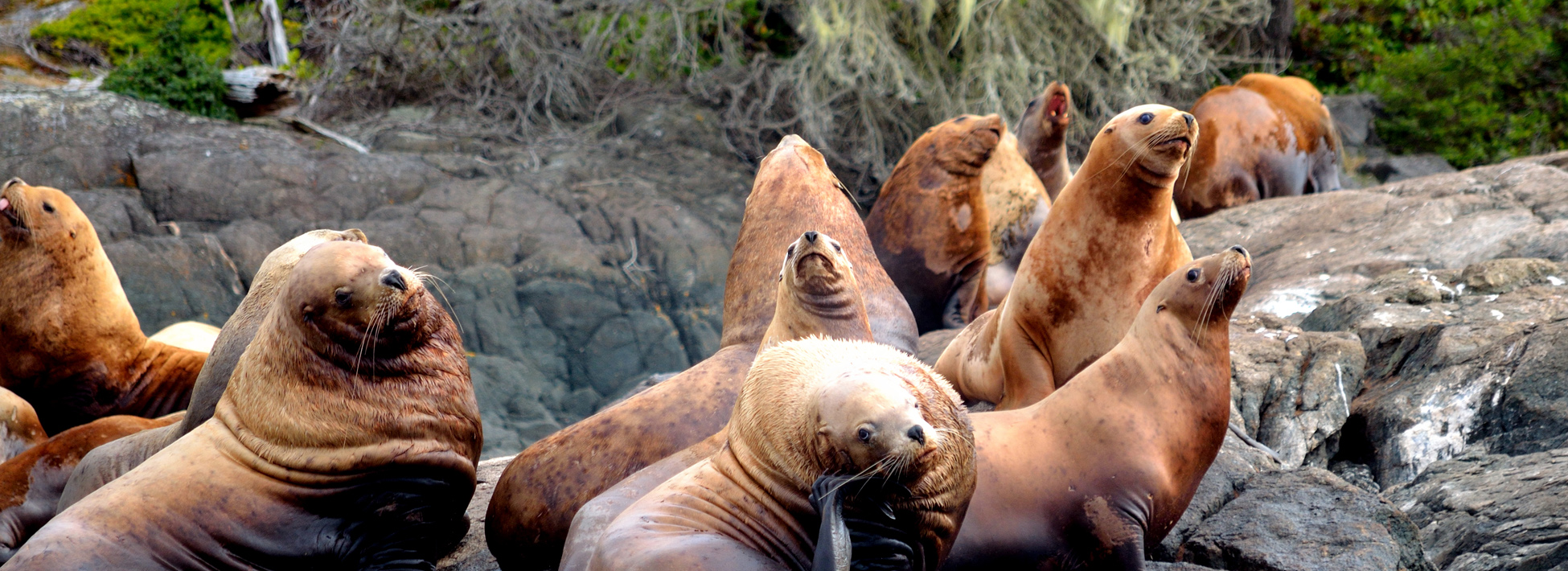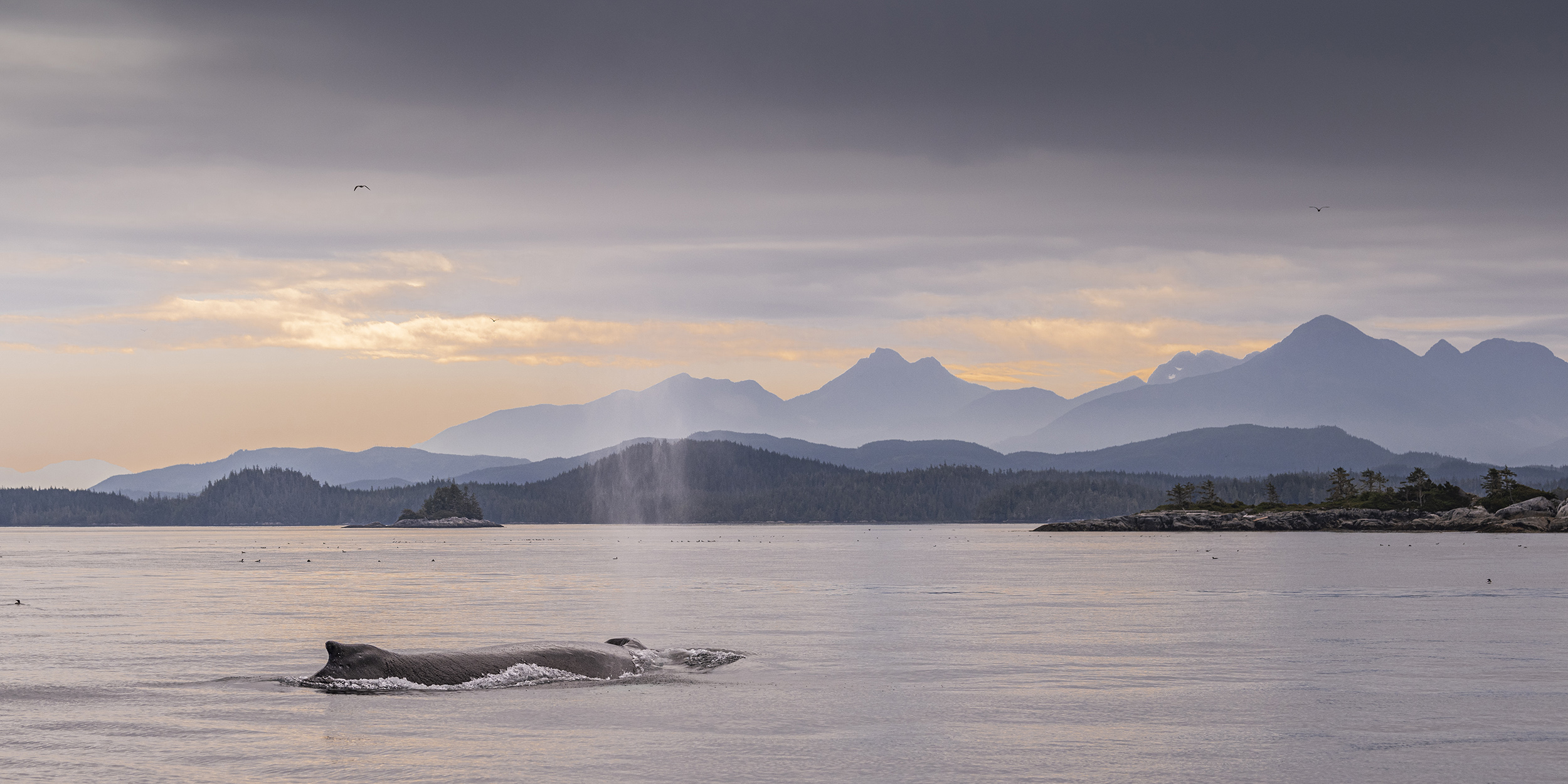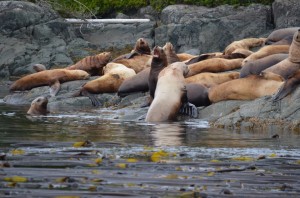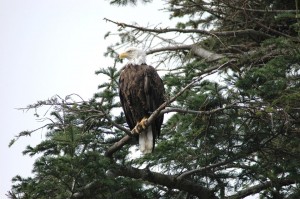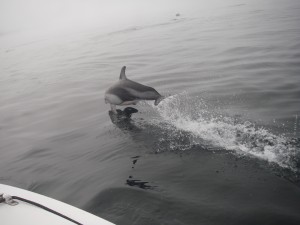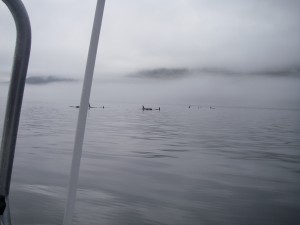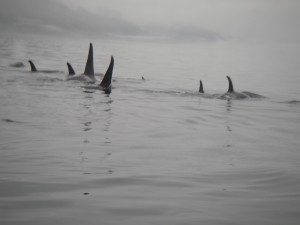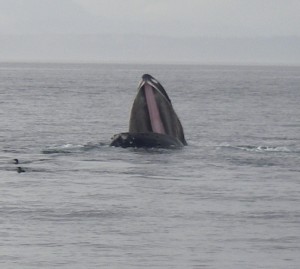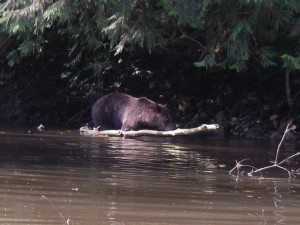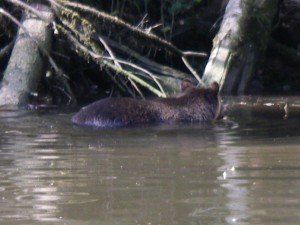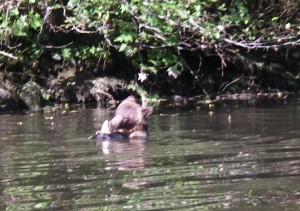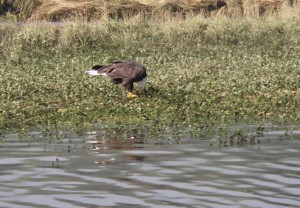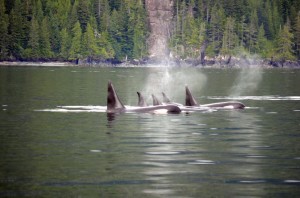
After leaving the sea lions and entering Blackfish Sound the orca we saw earlier in the day appeared this time in the sunshine. Blackfish Sound is an appropriate name for this area as that is the name used by the locals and the only name I knew growing up for what are now called killer whales and orca. Names the result of advertising for tourism. The name is not really important what is important is the majestic appearance of these mammals and the thrill obtained with the first sighting on a tour.
